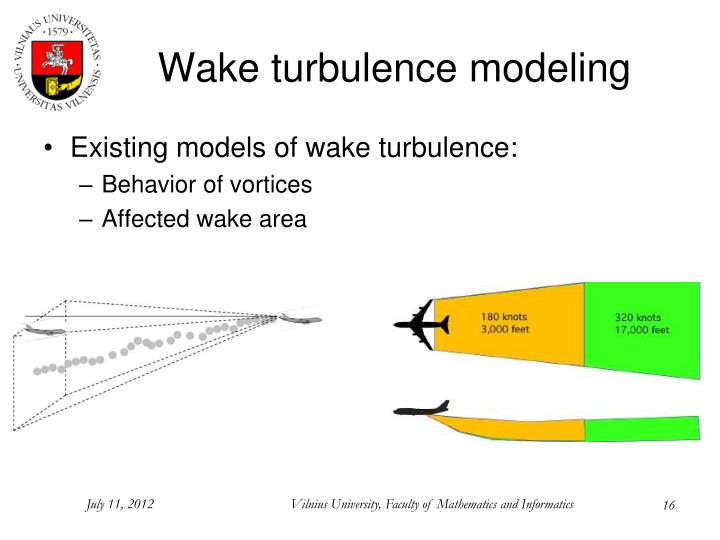

In the European Strategic Wind Tunnels Improved Research Potential project, time-resolved particle image velocimetry measurements on the separated wake of the NASA Common Research Model were performed in the cryogenic European Transonic Windtunnel for flight Reynolds number conditions supplemented by aerodynamic measurements for a great variety of inflow conditions. Mathematically we can show that the required velocity for flight is roughly 70% of the velocity of the aircraft, greater than a clean multiple of a half would suggest.The development of the unsteady wake of transport aircraft under stall conditions and its impact on the empennage are challenging to predict, and the flow physics is far from being understood. Assuming the lift coefficient and the density of air stay constant, we need to adjust the speed and wing area. But remember the mass has decreased by a factor of 8, so we only require a lift that is an eighth of the original lift force.

#Wake measurement of aircraft half wing model full size#
If you half the speed, you only get a quarter of the lift and dragīut this is a simplistic way of looking at things, consider the full lift equation:įor our model to stay in the air, it needs the same lift to mass ratio as the full size aircraft. Most aerodynamic equations include a speed squared term. Where this becomes more difficult is in applying this to gain an understanding about the characteristics of our model aircraft. Have half of the wingspan as the full aircaftĬounter intuitively, this means that the model has more surface area per unit volume eg. If we were to construct a model aircraft at half the length of a full aircraft, the model would: If (as Phil suggests) you scale weight and power by 1000 (10 cubed) it would weigh 5-6lbs and have 1-2hp, which is close but still heavier and more powerful than real models:Ī 72" model (1/6th scale) might weigh 15lbs and have 2.5-3KW (4hp) and fly at 100mph.Ī 44" model (1/10th scale) might weigh 2-3lb and have 2-300W (1/2hp) and fly at 60mph.Ī 36" model (1/12th scale) might weigh about 1lb and have 100W (1/7th hp) and fly at 50mphĮlaborating on answer with the full effects of the cube-square law. If you scaled it linearly, a 1/10th scale model would have a 1.1m span, weigh 200kg, have 100hp and fly at 40mph! In practice, this is a relatively small effect compared to the previous factors but it's an important consideration for high performance models.Ī full size Spitfire had a wing span of 36 ft 10 in (11.23 m), a weight of 5-6000lbs (2-3,000kg) and between 1000hp and 2000hp depending on the variant, with a maximum speed of around 400mph. A smaller, slower model will see more laminar flow than the full size aircraft. Reynolds number - air flowing over a surface will start with laminar flow but turn turbulent after a while, depending on the speed (and density and viscosity but we can ignore those). So now a half size model flying at half speed only has one sixteenth of the lift. If you make a plane with half the wing span, it only has a quarter of the wing area. If you halve the speed, you only get a quarter of the lift and drag, so models tend to be lighter and less powerful than you'd expect. Aircraft do not scale linearly, for a number of reasons.


 0 kommentar(er)
0 kommentar(er)
